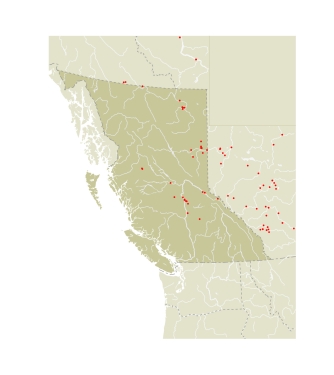The name Polygonia comes from the Greek polygonos (many-angled), and it is very appropriate as the wings of these insects are adorned with many indentations that produce an almost ragged appearance. The common name was first used by Holland (1898) in reference to the Latin name and the many angles along the edge of the wings.
Anglewings are generally medium-sized butterflies. The wings are orange brown with black markings on the upperside, and bark- or leaf-patterned on the underside. The edges of the wings are ragged in appearance. Males and females usually have quite different patterns on the underside of the wings, with the female pattern being plainer. There are about 15 species worldwide.
Eggs are laid singly on the underside of leaves of the foodplants. The eggs are cream in colour, later turning dark as the larva matures inside. Mature larvae are variably coloured but usually resemble bird droppings; they have numerous branching spines. Anglewing adults hibernate in sheltered areas such as hollow trees or stumps, debris piles, house crawl spaces, or barns.
|
|
